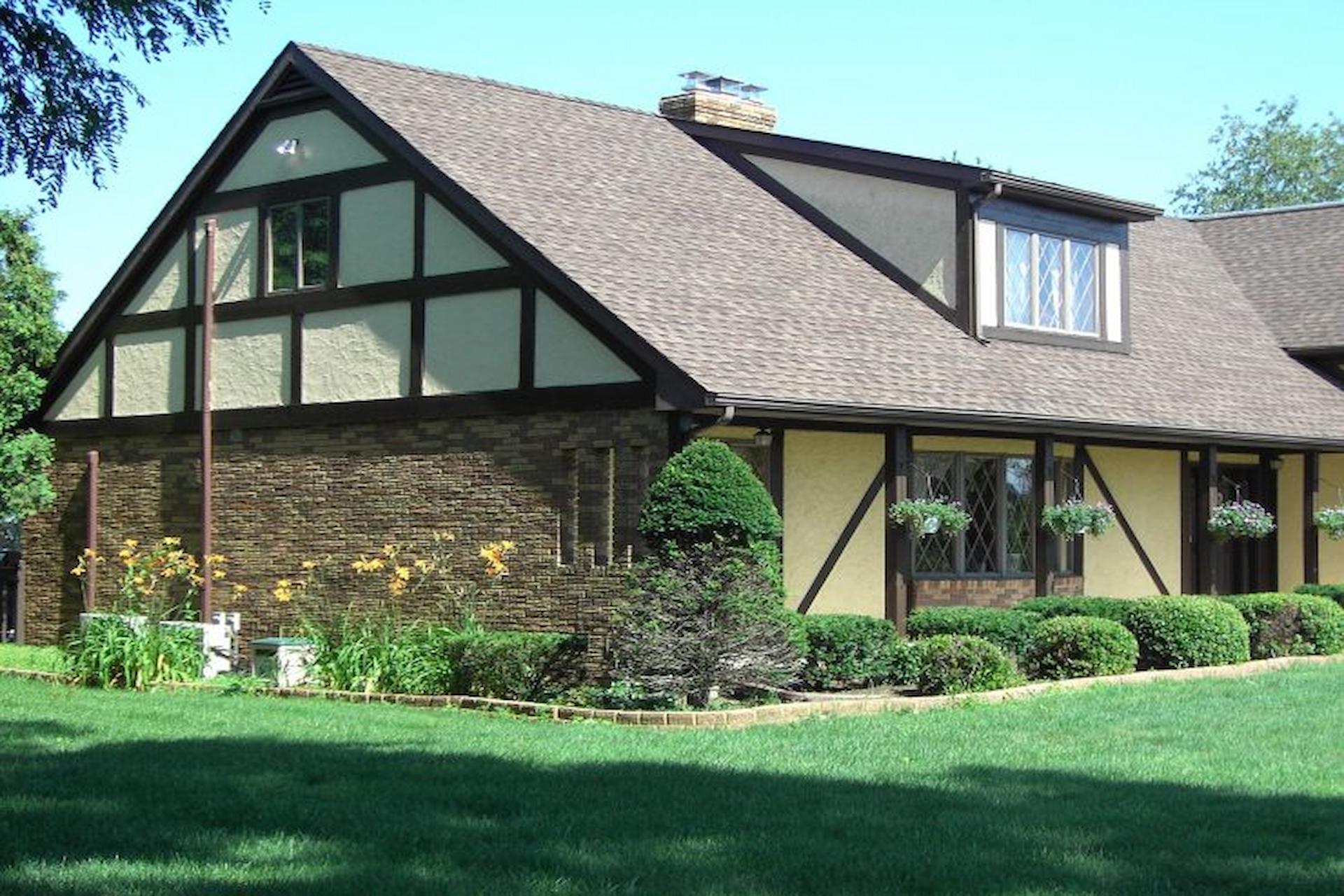
It’s amazing to be a landlord. You collect rent from tenants who adore you, usually do a good job making your wallet happy, form lasting friendships, and get to respond to renter phone calls between 9 a.m. and 5 p.m. It’s the perfect life, unless the hot water heater decides to stop functioning in the middle of January. Or the sewer system bursts on the weekend you’re enjoying your tropical vacation. Or a renter decides to commence an indoor drum circle and neighbors start complaining.
However, managing a duplex or even an apartment complex doesn’t have to be daunting. The key will be to understand your legal obligations before you begin. In so doing, you’ll be better able to prevent any possible issues and can equip yourself with the right legal advice.
What exactly does one need to find out?
Essentially, the landlord of a rental unit is in charge of supplying a “habitable” unit to the renter. The term “habitable” means the rental component has to be appropriate to reside in, be free from dangers or major blemishes, and be compliant with all state and local building and health codes.
The crucial consideration to keep in mind is the fact that if you, as a landlord, doesn’t keep dwelling conditions that are habitable, you, as the landlord, may be found negligent in a court of law if sued by one of your renters. In reality, it is completely possible that a court may allocate a tenant damages by lowering the rent they have to pay you.
Okay. So, what qualifies a place as uninhabitable? The living situation that would qualify this would be no working plumbing, gas that doesn’t work correctly, poor wiring, broken windows or doors, and/or unclean and unkempt property that is not safe and sanitary.
There are a few basic steps through which it is possible to follow the proper maintenance procedure and keep your property habitable. The fundamental landlord duties include:
- Complying with all local and state health and building codes
- Keeping a weather proof and sound structure
- Supplying the required heating, electrical, and cold and hot water facilities
- Making any requested repairs quickly
- Ensuring that living conditions are quiet and peaceful, in addition to hazard-less
- Keeping a “pest-free” environment
- Giving notice before entering a rental unit, except in instances of crisis. Abiding by all
stipulations in your lease arrangement
- Giving at least 15 days written notice of any changes in your month-to-month arrangement
- Giving your state’s minimum notice of eviction
Warranty of Habitability
Property Investors: Know Your Rights and Responsibilities! Beneath the warranty of habitability, a landlord has a responsibility to give the tenant the conveniences that might be essential to keeping the suitable renter’s living conditions. To put it differently, you give your word you will keep the unit in good living state.
On the other hand, the warranty of habitability will not need a landlord to ensure the property that is leased is pleasing to the renter. For example, re-painting the home is not a necessity, nor is changing things to the tenant’s liking (upgrading appliances, etc.) unless there is a home code violation.
Conclusion
The landlord must exercise “due diligence.” She or he has the duty to investigate and identify any problems that are dangerous. A landlord must exercise “due care.” She or he is required to make a move about any flaws. The landlord might be found liable for just about any risk on the property or for breaking regulations or security statues. However, landlords will not responsible for the things they do not have any control over preventing.